Most mountain passes slam shut the moment winter arrives, forcing drivers into massive detours and scrapped travel plans. Some routes, though, thumb their nose at Mother Nature’s worst tantrums—staying accessible through blizzards that would bury lesser roads under twenty feet of snow.
These resilient corridors punch through alpine terrain while delivering stunning vistas that morph from summer’s carpet of wildflowers into winter’s crystalline wonderland. Tracking down dependable mountain crossings becomes absolutely critical when you’re mapping out travel through regions where peaks scrape the clouds.
Here is a list of 15 mountain passes that stay open all year long.
Donner Pass
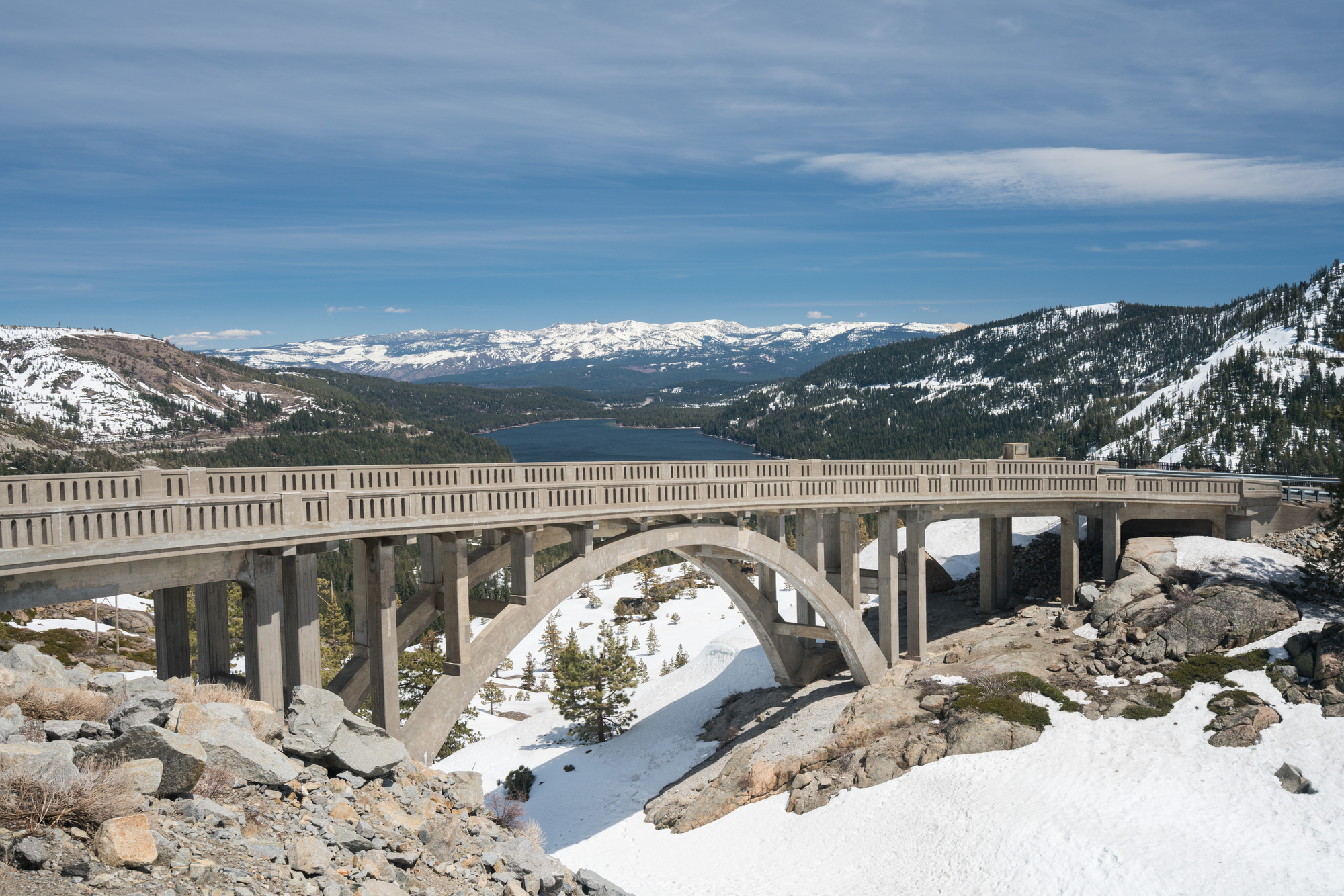
Interstate 80 barrels across this notorious 7,057-foot crossing, linking Sacramento with Reno through California’s unforgiving Sierra Nevada. The Donner Party’s tragic story haunts this route, yet today’s version handles massive truck convoys and RV caravans with surprising grace.
Caltrans throws everything they’ve got at snow removal—industrial plows work around the clock while crews battle drifts that could swallow small buildings. Chain requirements kick in when conditions get nasty, but this pass rarely surrenders completely to winter’s assault.
Snoqualmie Pass
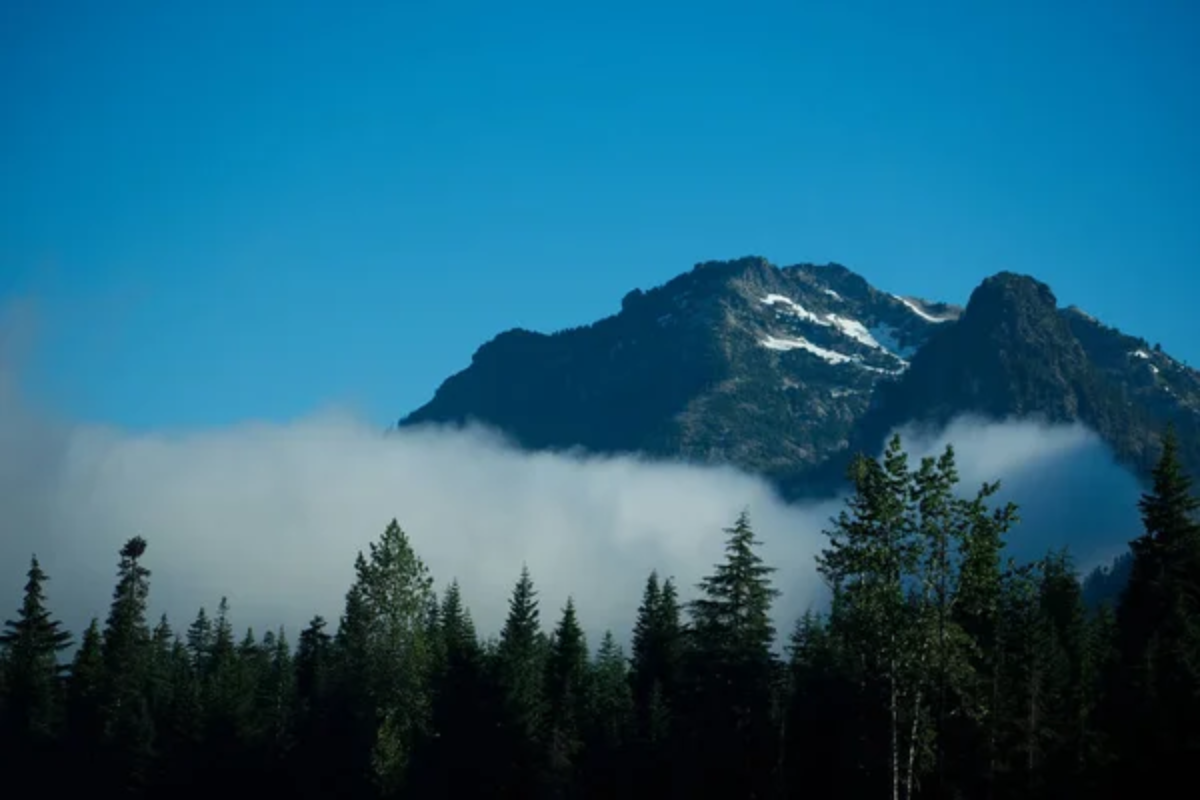
Washington’s busiest east-west lifeline cuts through the Cascades at a manageable 3,015 feet on Interstate 90. The elevation works in everyone’s favor here—lower altitude means less chance of those catastrophic closures that strand travelers for days.
Snowfall still creates white-knuckle driving conditions, though state crews attack the problem with military precision. Six lanes of asphalt handle the constant stream of Seattle-to-Spokane traffic, making this one of the Pacific Northwest’s most crucial year-round mountain gateways.
Like Travel Pug’s content? Follow us on MSN.
Eisenhower Tunnel
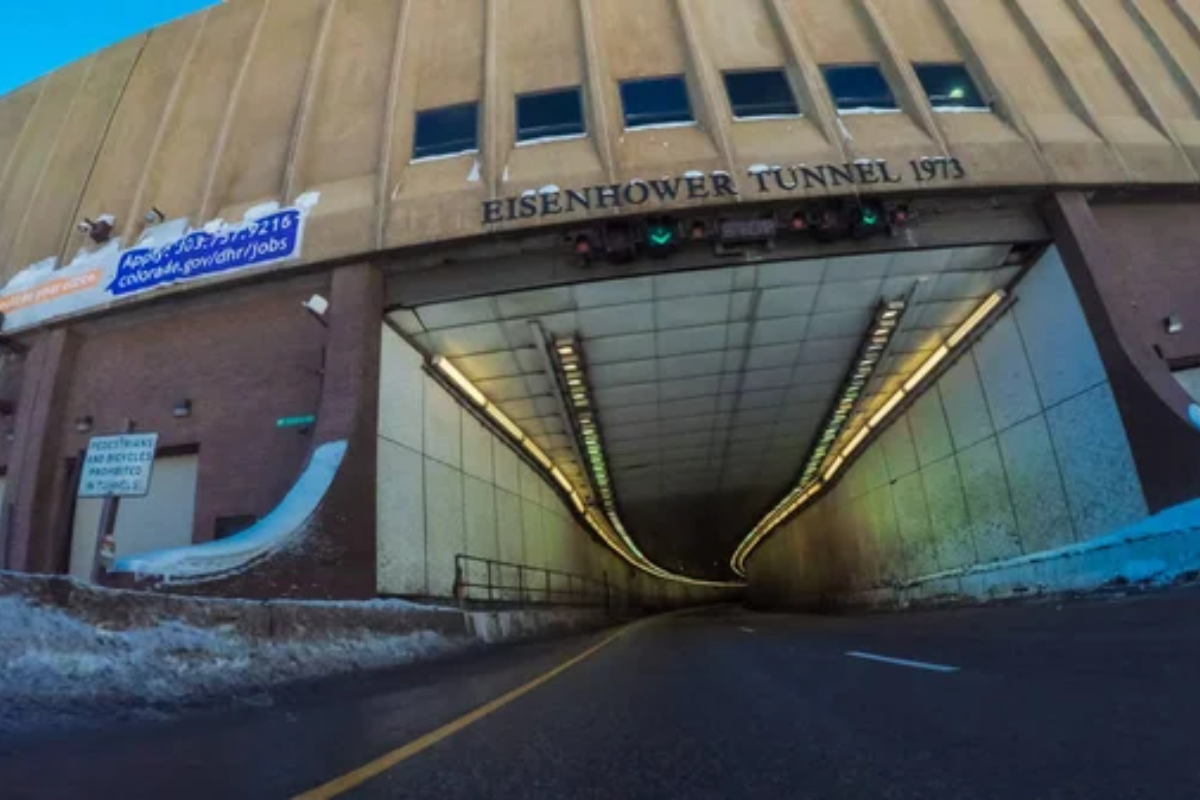
Colorado’s Interstate 70 burrows straight through the Continental Divide at a lung-busting 11,158 feet above sea level. This engineering masterpiece sidesteps the weather chaos that used to plague the old Loveland Pass route—no more sitting in your car while avalanches thunder down mountainsides.
Twin tubes blast through solid granite, creating North America’s highest vehicular tunnel while protecting drivers from the alpine chaos just outside. The contrast hits you immediately: howling winds and sub-zero temperatures outside, controlled climate inside.
Stevens Pass
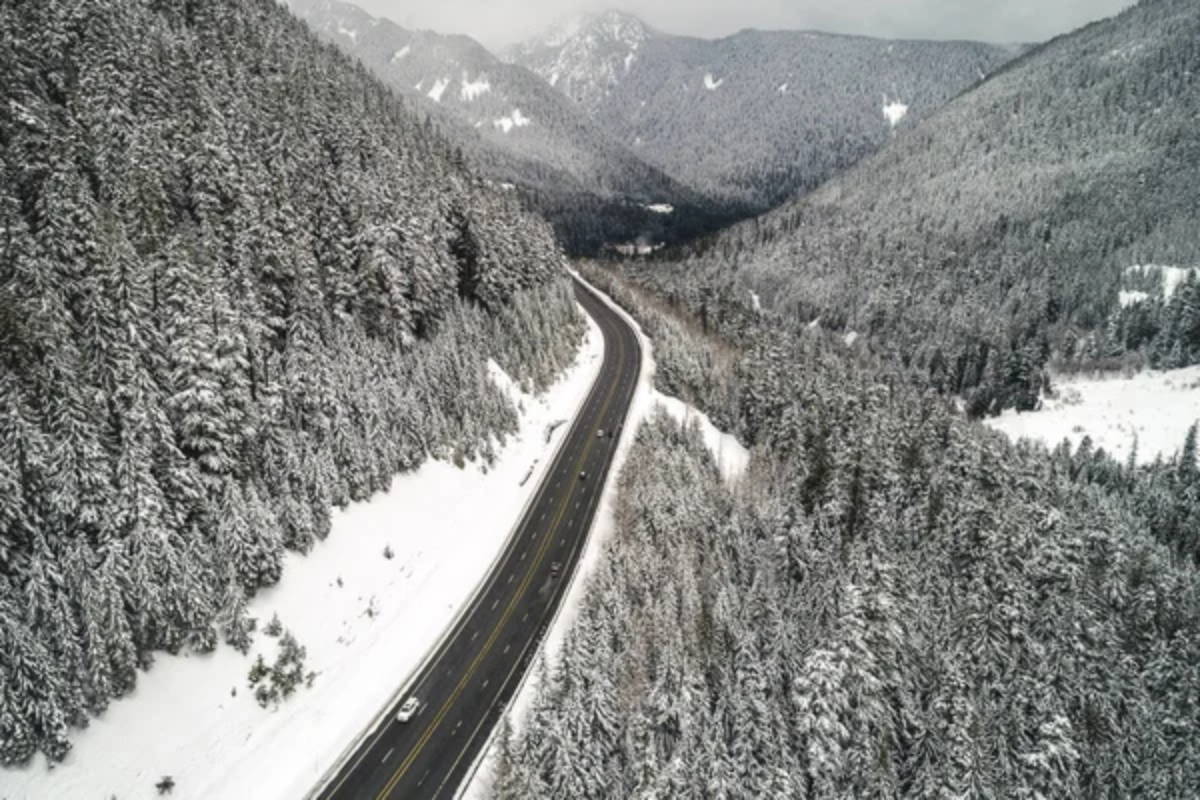
Highway 2 threads through Washington’s Cascade spine at 4,061 feet, offering an escape valve when Snoqualmie gets hammered. Serious snowfall pounds this crossing, yet crews refuse to let it stay closed—they’ve got avalanche guns and industrial plows that could clear a small city.
The route shadows the old Great Northern Railway, taking advantage of terrain that offers some protection from the worst weather. Traction tires become mandatory when conditions deteriorate, but total shutdowns happen about as often as solar eclipses.
Vail Pass
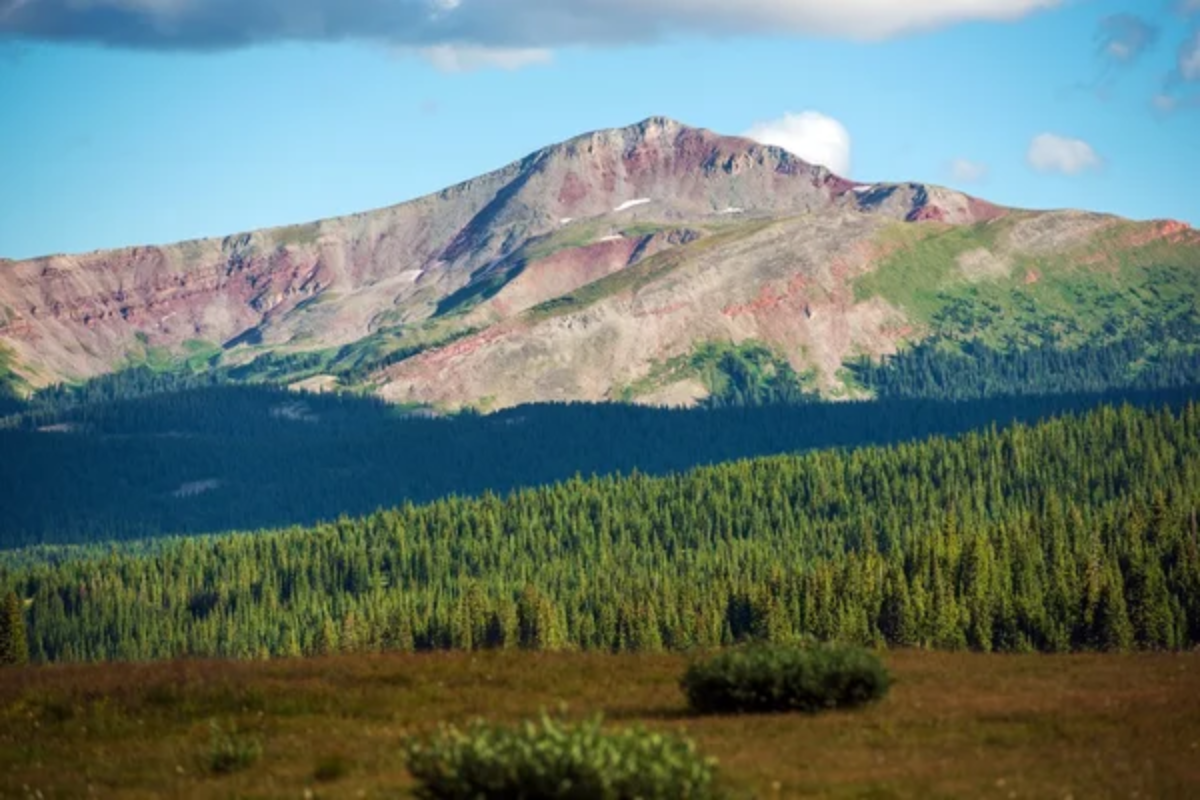
Interstate 70 climbs to a breathtaking 10,662 feet through Colorado’s most challenging real estate. High elevation usually spells trouble, yet this highway stays accessible through sheer determination and cutting-edge road engineering.
The pass juggles commercial truckers heading to Utah with powder hounds bound for world-class ski slopes—both groups demand reliable access regardless of weather. Sophisticated monitoring systems give crews warning of incoming storms, allowing them to position equipment before conditions turn deadly.
Like Travel Pug’s content? Follow us on MSN.
Monarch Pass
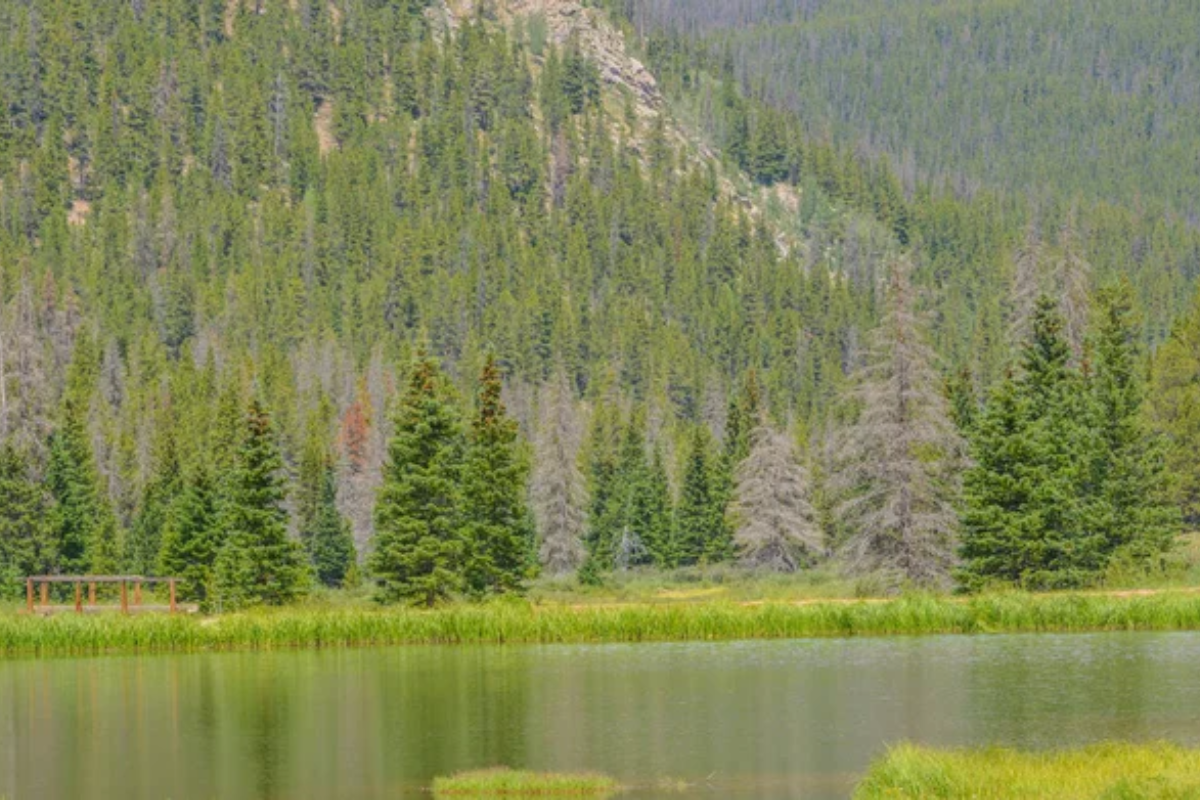
Highway 50 punches across the Continental Divide at an oxygen-thin 11,312 feet, claiming the title of one of North America’s highest year-round crossings. This route connects Colorado’s San Luis Valley with central regions, serving communities that would face brutal detours otherwise.
Snow removal crews start their engines before sunrise during winter months, clearing pathways for morning commuters and cross-country travelers. The scenery shifts like a kaleidoscope—summer’s explosion of alpine flowers gives way to winter’s sculpture garden of ice and snow.
Wolf Creek Pass
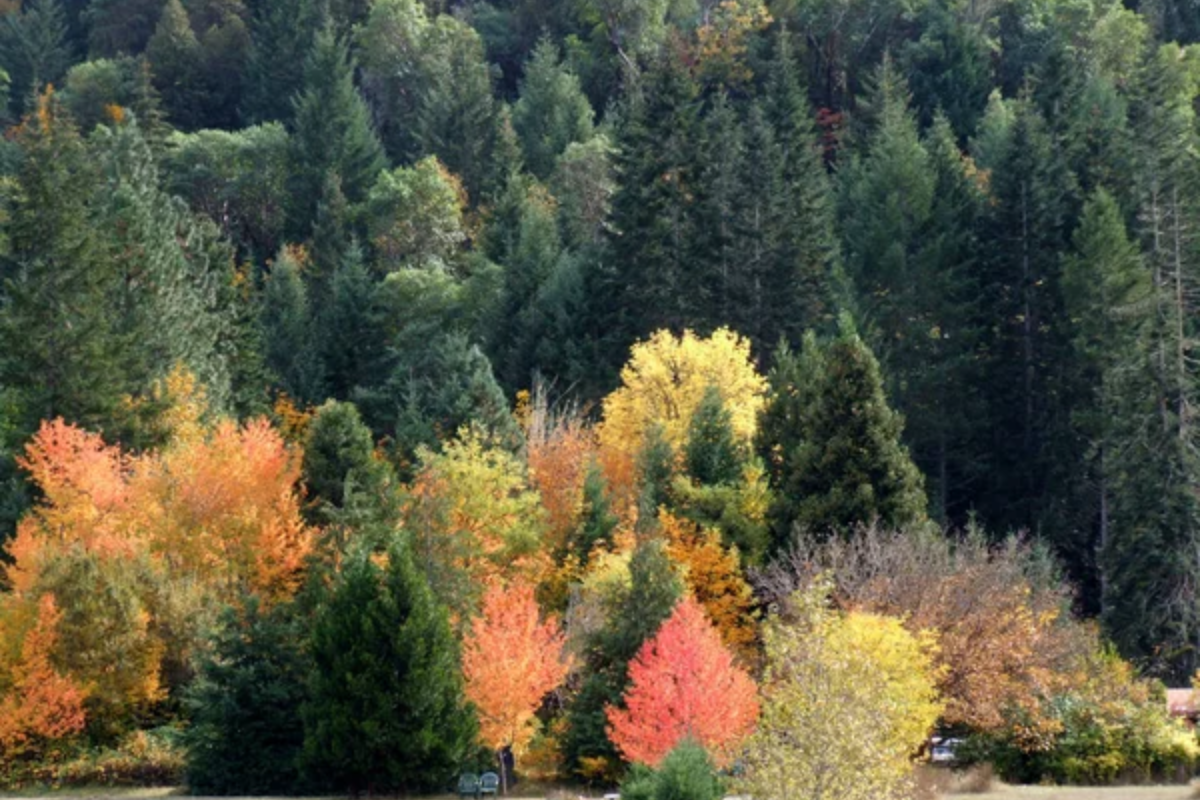
Highway 160 climbs to 10,857 feet through Colorado’s dramatic San Juan Mountains, where snowfall records get shattered regularly. The area receives dumps that would shut down most routes permanently, yet crews maintain passage through sophisticated avalanche control and relentless plowing operations.
Steep grades and hairpin turns demand respect during winter conditions—this isn’t a place for casual driving. The pass links Colorado’s San Luis Valley with southwestern communities that depend on this lifeline for everything from groceries to medical supplies.
Teton Pass
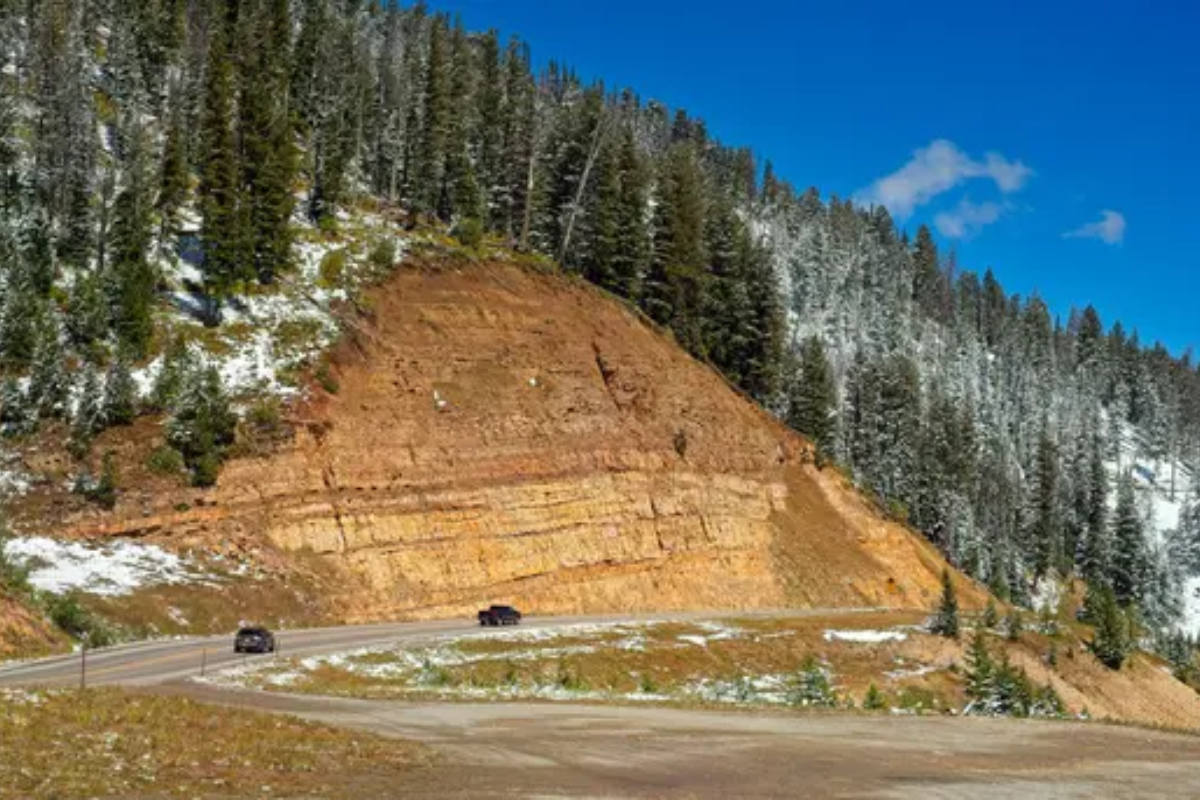
Highway 22 straddles the Wyoming-Idaho border at 8,431 feet, connecting Jackson with Teton Valley through terrain that tests both vehicles and nerves. The western descent becomes particularly treacherous during storms—imagine driving down an ice-covered roller coaster in a whiteout.
Complete closures rarely happen, though, because both states pour resources into keeping this crucial link functional. Thousands of residents live in Idaho but work in Jackson, making year-round access essential for the regional economy.
Like Travel Pug’s content? Follow us on MSN.
Cahuenga Pass
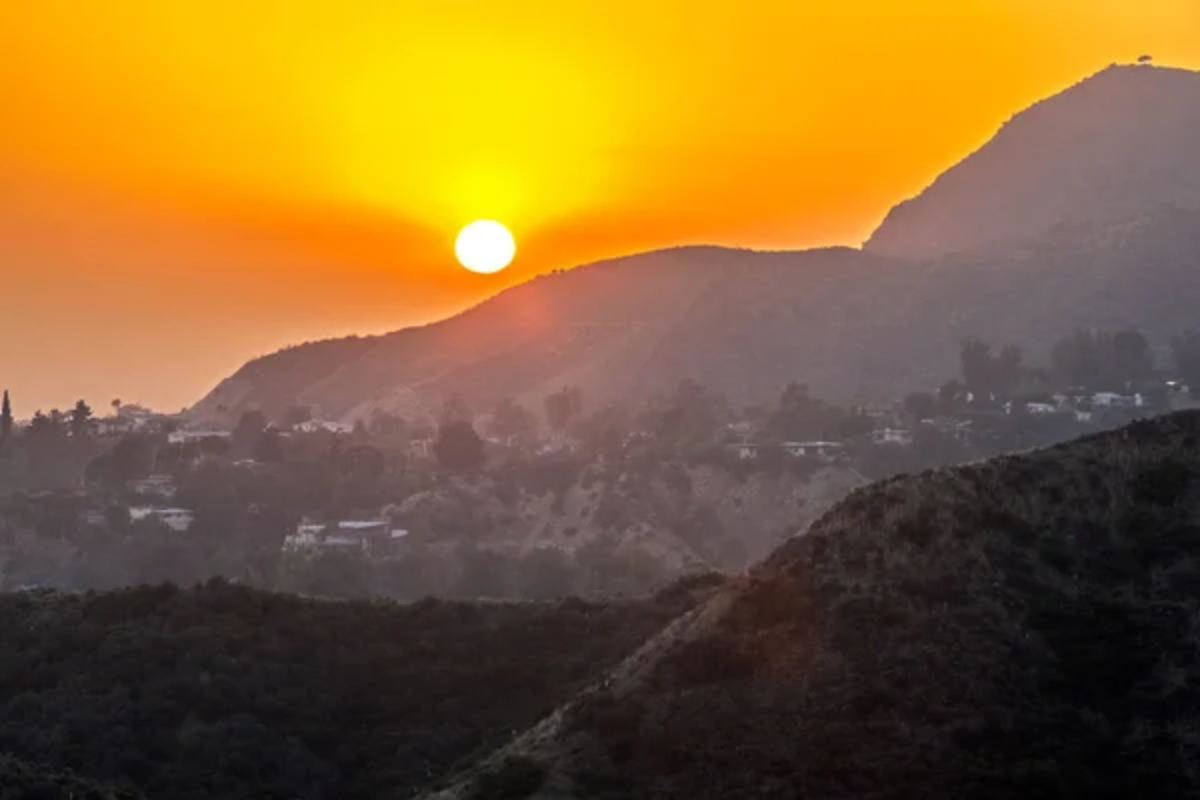
Highway 101 slices through Hollywood Hills at a modest 1,299 feet, maintaining constant flow between downtown Los Angeles and the San Fernando Valley. While hardly a high-altitude challenge, this urban crossing moves more traffic than most mountain passes see in a decade.
The low elevation eliminates weather worries—heavy rains might slow things down, but snow isn’t even a consideration. This route cuts directly through Hollywood’s heart, making it arguably the most photographed mountain pass on Earth, despite lacking traditional alpine character.
Raton Pass
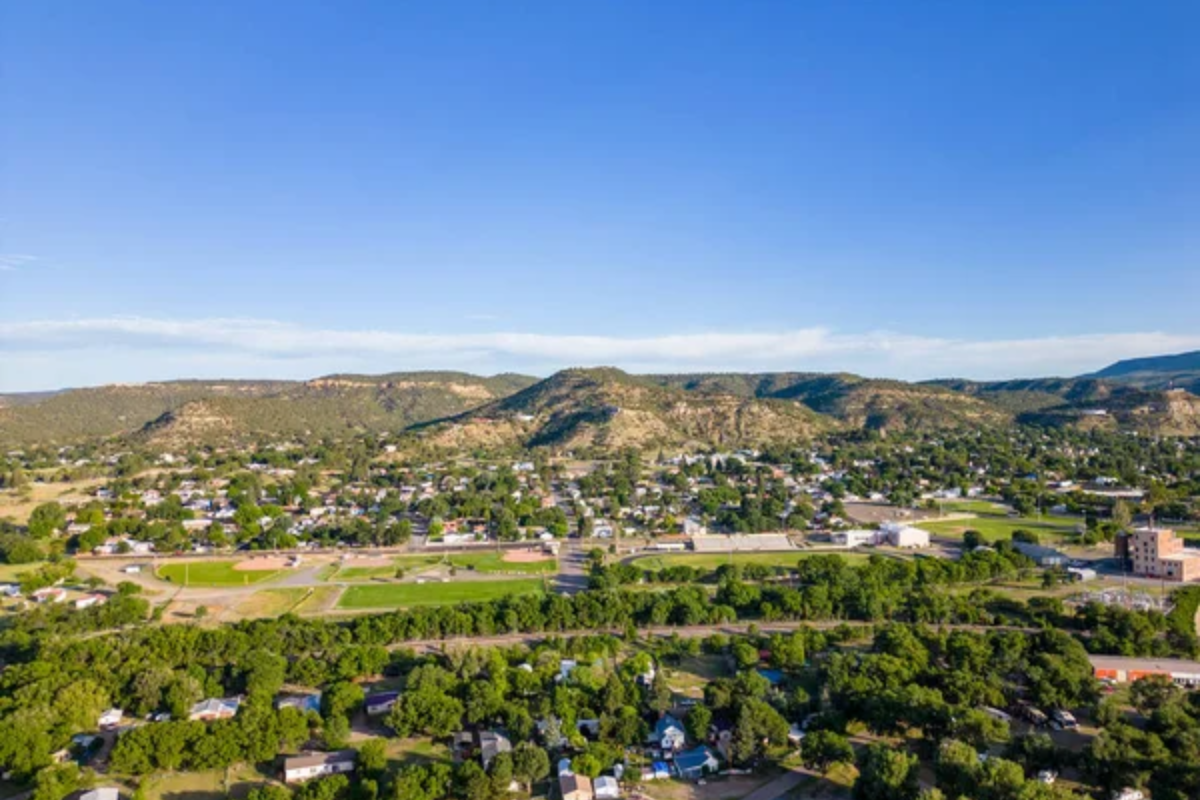
Interstate 25 straddles the Colorado-New Mexico line at 7,834 feet, following trails that challenged pioneers and early railroads. The pass stitches together Denver and Albuquerque through a country that once stopped wagon trains cold.
Two-state cooperation keeps maintenance consistent—crews from both sides coordinate their efforts to handle commercial trucking and passenger traffic year-round. Winter driving gets tricky at this elevation, yet complete shutdowns almost never happen, thanks to intensive maintenance programs.
Lookout Pass
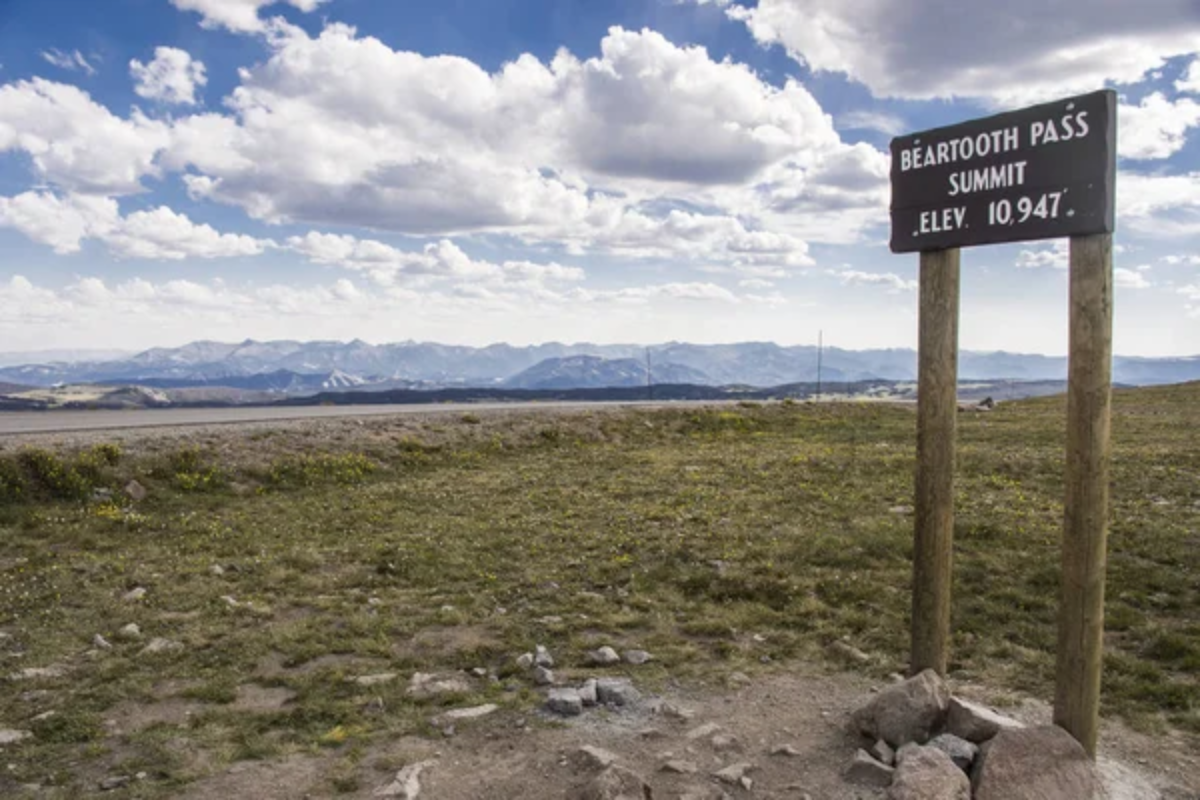
Interstate 90 bridges Montana and Idaho at 4,680 feet through the rugged Bitterroot Mountains. This crossing serves as a vital link in America’s northern highway system, carrying traffic between Seattle and Chicago through genuinely challenging terrain.
Both states attack snow removal with industrial-strength equipment—they can’t afford to let this route close when commercial freight depends on it. The moderate elevation helps reduce closure risks while still delivering spectacular mountain views that justify the drive itself.
Like Travel Pug’s content? Follow us on MSN.
Marias Pass
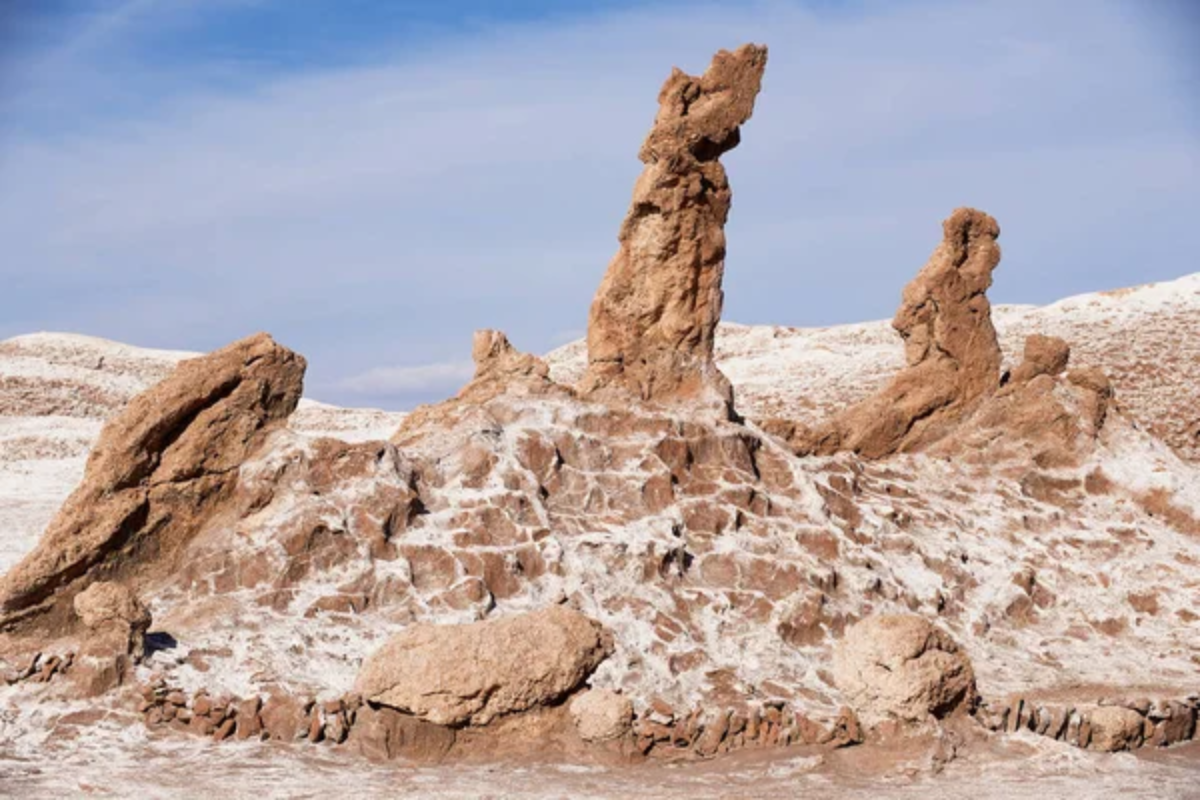
Highway 2 crosses Montana’s Continental Divide at 5,213 feet, shadowing the historic Great Northern Railway through spectacular country. The pass provides year-round access along Glacier National Park’s southern edge, connecting Montana’s eastern and western communities.
Substantial snowfall hits this area, yet crews maintain passage for residents and transcontinental traffic heading between the Midwest and Pacific Coast. The route offers stunning views of surrounding peaks while avoiding the extreme elevations that force other crossings to surrender to winter.
Cumberland Gap
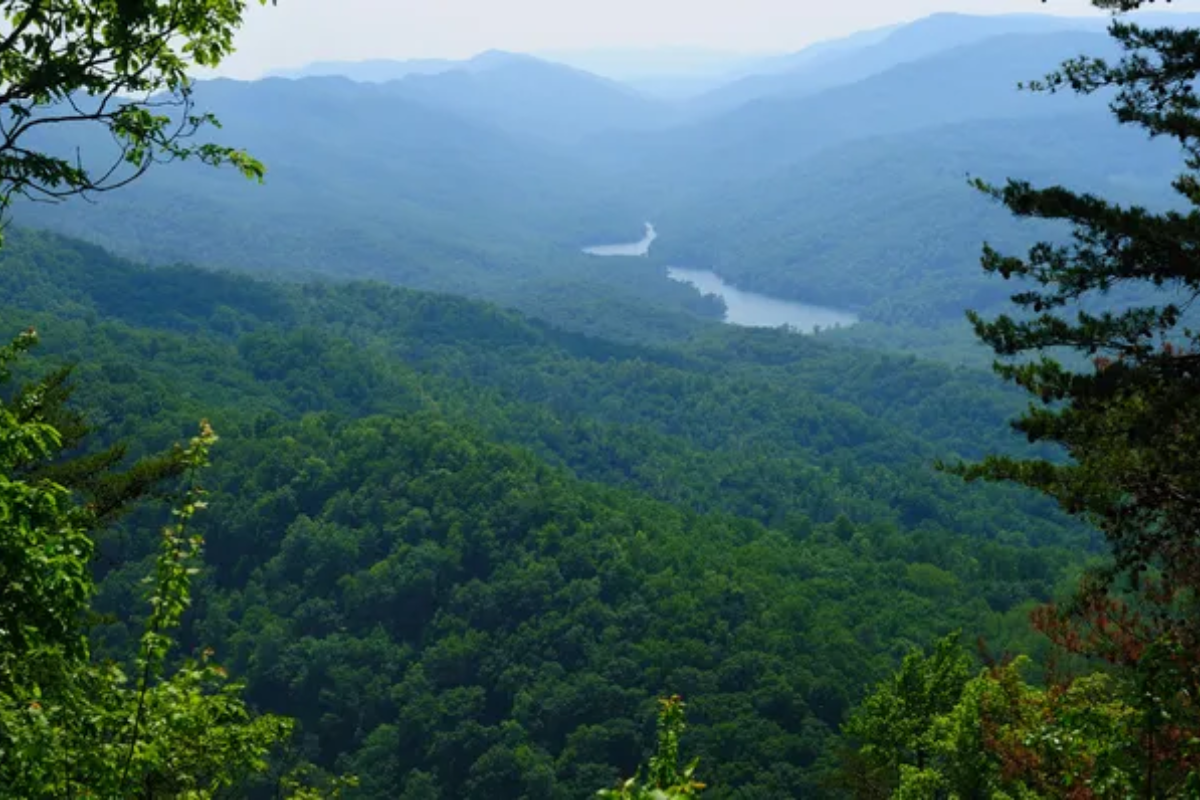
Highway 25E threads between Kentucky, Tennessee, and Virginia at 1,631 feet through this legendary mountain gateway. Daniel Boone’s Wilderness Road carved the original path, and modern highways still exploit the same geographic advantage.
The relatively tame elevation eliminates weather-related shutdowns while preserving genuine mountain pass character and deep historical significance. Three states share maintenance responsibilities for this Appalachian crossing that keeps southeastern communities connected regardless of season.
Hogback Summit
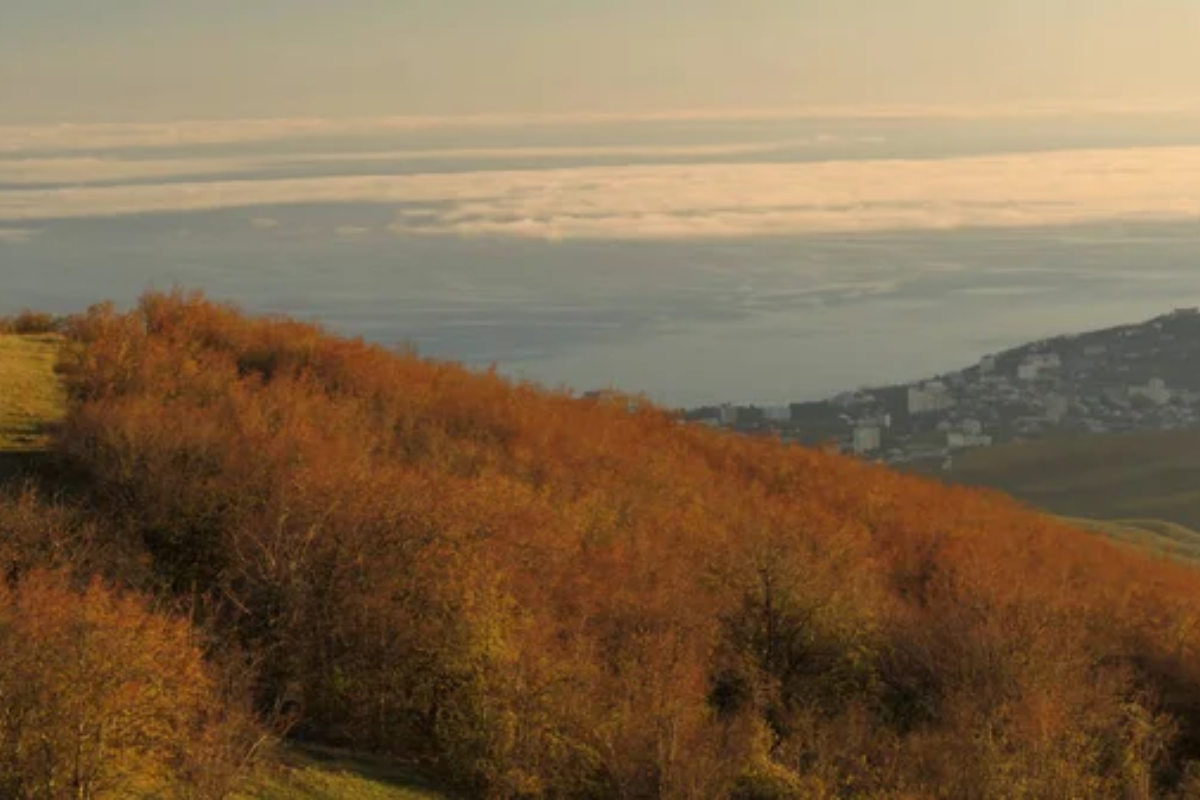
Highway 191 reaches 8,429 feet in Wyoming’s Bridger-Teton National Forest, maintaining year-round passage between Jackson and Pinedale through challenging terrain. The route crosses the Wyoming Range’s backbone, yet crews refuse to let it close despite serving energy industry traffic and local communities.
Winter conditions create demanding situations that separate confident drivers from the rest—but total closures remain unusual given the pass’s importance to regional transportation. The summit delivers sweeping views of the surrounding wilderness that transform completely as seasons change.
Like Travel Pug’s content? Follow us on MSN.
White Pass

Highway 12 cuts through Washington’s Cascade Range at 4,500 feet, linking Interstate 5 with eastern Washington communities via Mount Rainier National Park’s southern boundary. Year-round access continues despite heavy snowfall that would bury most routes—this crossing serves communities with no reasonable alternatives.
State crews work continuously through winter months, clearing snow and managing avalanche risks along approaches that climb through old-growth forests. The pass opens recreational areas while serving as an economic lifeline for residents and commercial operators.
Engineering Triumphs Over Geographic Obstacles
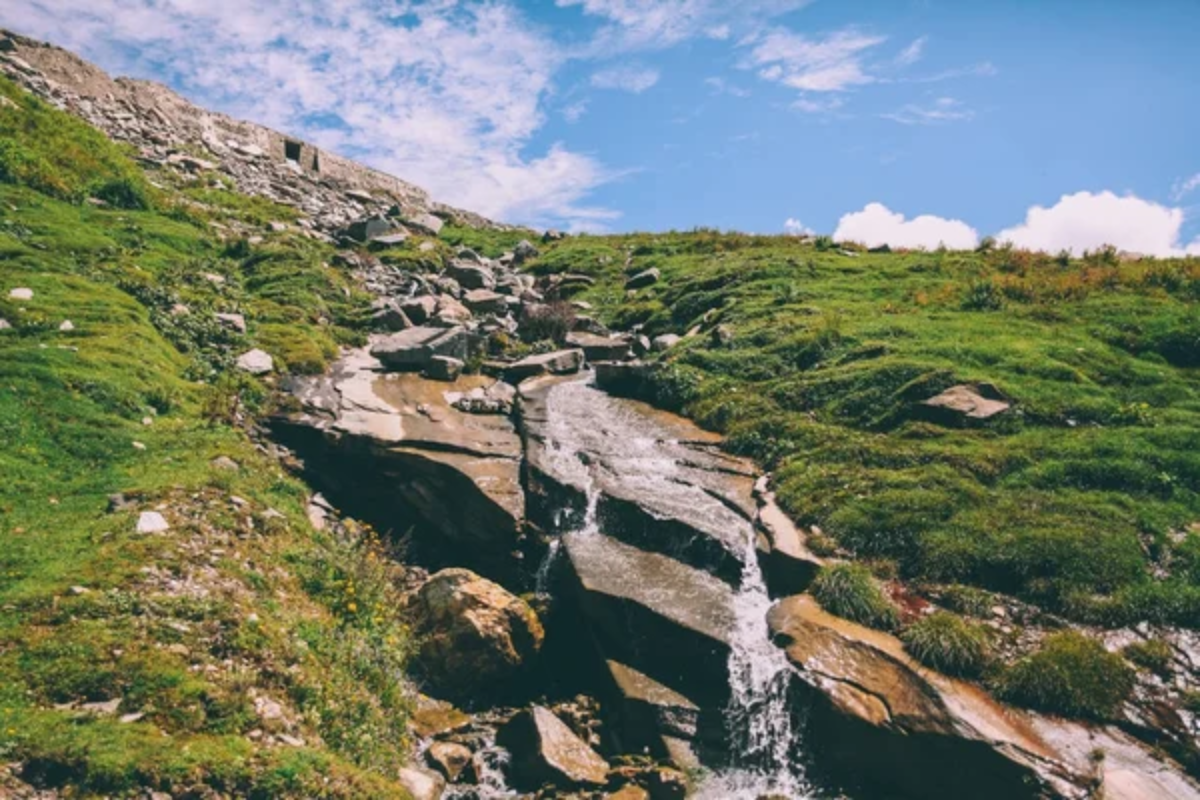
These year-round mountain passes showcase what happens when human determination meets nature’s biggest challenges. Each route demands massive investments in specialized equipment, trained personnel, and monitoring technology to guarantee safe passage through conditions that would have stopped our ancestors completely.
The communities and regional economies depending on these crossings prove how modern infrastructure adapts to geographic reality while preserving the raw beauty that makes mountain travel irresistible. From California’s granite walls to Montana’s windswept ridges, these passages demonstrate that smart engineering can keep America’s most vital connections flowing even when winter unleashes its worst fury.
More from Travel Pug

- Cities Growing so Fast You Won’t Recognize Them in 10 Years
- 13 Destinations Where Tourists Regularly Regret Their Trip
- 16 U.S. Cities That Are Quietly Becoming Travel Hotspots
- Where to Travel If You Love Long Bus Rides and Daydreams
- 20 Cities Perfect for Solo Travelers Who Crave Adventure & Culture
Like Travel Pug’s content? Follow us on MSN.
